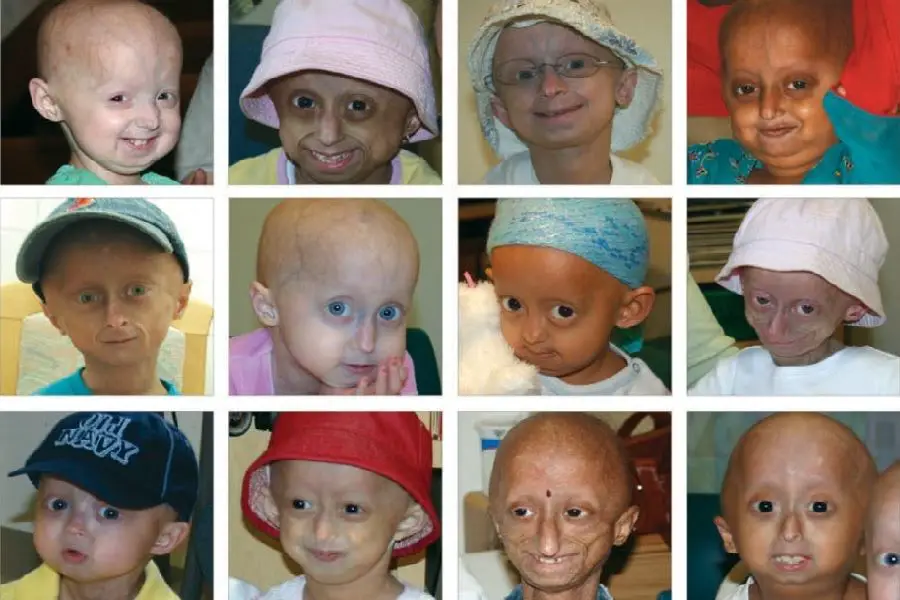Innovative tool for Progeria could be a beacon of hope for the people affected by the disease. Studies reveal that the disease affects nearly several hundred children globally. And despite having a low frequency, it still claims the lives of many toddlers’ before they even hit maturity. Researchers like Luke Koblan along with his professor, David Liu from universities like MIT’s Broad Institute, Harvard, and National Institute of Health, and Vanderbilt University Medical Center, have gained some insights from the existing Progeria-related data.
Also read: Liquid machine learning adapts to changing conditions
The Progerin Protein and Progeria
To work for the innovative tool for Progeria, CRISPR gene-editing which is for base-editing has proved to be a lodestar for the HGPS i.e. Hutchinson-Gilford Progeria Syndrome treatment. In Progeria, there mostly occurs one small error in one of the four main bases of the DNA. It is only in one copy of the lamin A gene, which is altered and produces a toxic protein called Progerin. The change occurs in thymine i.e. T, instead of cytosine and the toxic protein is produced. Now, the onset of the disease may not seem as scary but the symptoms in the body appear sooner. And other significant changes begin to take over in toddlers affected with progeria. Their body fat withers with time, osteoporosis and atherosclerosis are developed, and the affected ones are susceptible to conditions like heart strokes and attacks. Also, the lifespan of such children unfortunately is lesser than even 14 years.
Innovative tool for progeria- the mice experiment:
The study for the innovative tool for progeria emerged victorious as a result of rigorous experiments, they conducted on the mice. Researchers were able to successfully change back the erring T s into the Cs and noticed tremendous positive impacts on the tissue health. This in turn positively affected the overall health of mice inclusive of heart and muscle health. This also elongated the lifespan of mice by about two and a half times and that too, treating only once with the procedure. This also helped the mice attain normal age progression as a healthy mouse would be. The untreated mice lived for about 215 days while the treated mice’s life span increased to nearly 510 days. The innovative tool for progeria is unprecedented not only for the disease but is also paving way for diseases like sickle cell anemia and muscular dystrophy.
Base editing- the background
The research for the innovative tool for progeria dates back to five years ago when the first base editor was developed. And that set the initial stage for the development of some good cures for the progeria disease. Until then, many researchers were not very sure of how incredible even a single treatment of base editing can be for the Hutchinson-Gilford Progeria Syndrome. But incessant efforts of researchers from various yet related backgrounds proved fruitful and found that base editing rectified almost 70 percent of the mutations that caused the disorder.
Crucial point and hope:
A crucial point that made the study even more remarkable was that the mutations conducted on the genes did not result in cascading unnecessary mutations. Though the study still needs to be tested and confirmed on live animals and also humans. But it certainly holds a great future for the diseases like progeria and similar diseases in its garb, despite showing some side effects like tumor development on mouse’s liver’s health. This, however, does not mean necessarily that it shall have similar negative effects on humans as well. But is sure to bring some real good hope for individuals affected with progeria.






